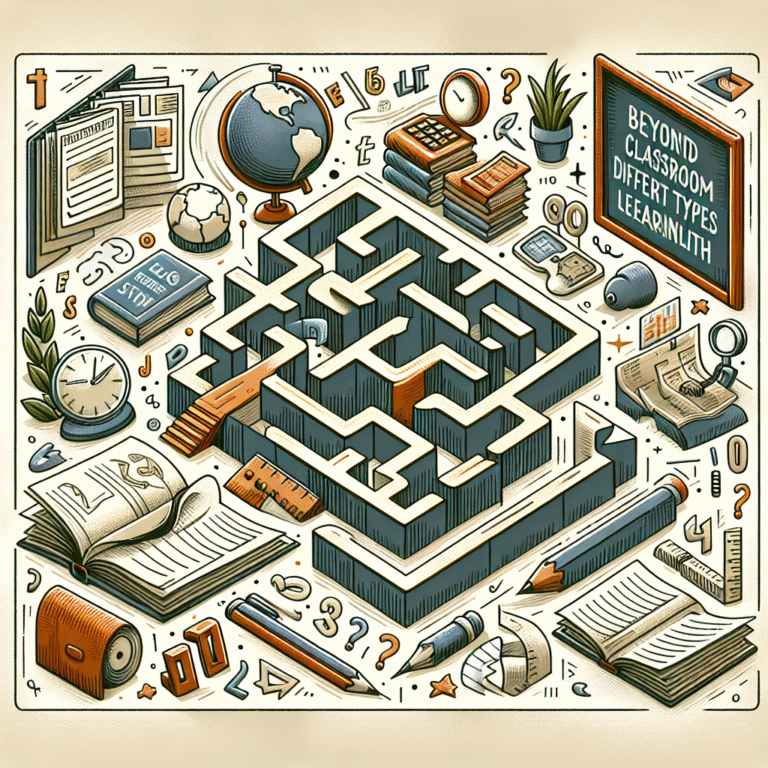
Emotional Mastery: Essential Techniques to Channel Anger Positively
Introduction
Anger is often stigmatized, seen as a negative emotion that needs to be suppressed. But what if we told you that harnessing your anger can lead to personal growth, stronger relationships, and improved mental well-being? This article delves into Emotional Mastery: Techniques to Channel Anger Positively, demonstrating how reinterpreting your anger can pave the way for empowering life changes.
Every person has experienced anger at some point. Whether it’s road rage, frustration at work, or personal conflicts, our anger signals underlying issues that need addressing. Recognizing this, we can not only manage our anger, but also use it as a catalyst for positive change. In this exploration, we’ll discuss actionable techniques, real-world case studies, and provide insights into achieving emotional mastery.
Understanding Anger: A Double-Edged Sword
The Nature of Anger
Anger is a natural response to perceived threats or injustices. In evolutionary terms, it served to protect us—igniting our fight-or-flight responses. However, in modern times, unmanaged anger can lead to regrettable actions or damage relationships.
The Emotional Spectrum
Anger sits on a spectrum of emotions alongside frustration, resentment, and rage. Recognizing where you fall on this scale can help in understanding and mastering your emotional responses.
Case Study: The Workplace Warrior
Consider Sara, a middle manager in a corporate setting. When she felt her ideas were consistently overlooked, she became increasingly frustrated. Instead of exploding in front of her team, Sara decided to channel her anger into constructive feedback sessions, presenting her thoughts more assertively but calmly.
Analysis: Sara transformed her negative experiences into opportunities for communication and collaboration, showcasing the first technique of emotional mastery.
Techniques to Channel Anger Positively
1. Identify Triggers
Recognizing what sparks your anger is the first step towards mastery. Keep a journal of situations where you felt angry—what initiated the feelings?
Why it Works: By identifying triggers, you can develop coping strategies tailored to specific situations, minimizing your chances of an explosive reaction.
2. The Power of Pause
Before reacting, practice pausing. Use mindfulness techniques like deep breathing or counting to ten.
Implementation:
| Step | Action |
|---|---|
| 1 | Breathe deeply in through your nose. |
| 2 | Hold for three seconds. |
| 3 | Exhale slowly through your mouth. |
Benefits: This brief pause allows you to move from a reactive state to a thoughtful one.
3. Reframe Your Perspective
Reframing involves changing your viewpoint on the situation. Instead of seeing an angry situation as a personal attack, view it as an opportunity to learn or grow.
Case Study: The Upset Parent
Michael, a father, frequently felt anger towards his children’s misbehaviors. Instead of yelling, he chose to discuss his feelings with them, explaining how their actions affected him. This led to greater understanding and cooperation from his kids.
Analysis: Michael learned to reframe anger as a teaching moment, fostering trust and communication in the family.
4. Use Physical Activity
Physical activity is a proven method for channeling anger. Whether it’s a brisk walk, a run, or hitting the gym, exercise helps release endorphins, which can neutralize feelings of anger.
Why it Works: Exercise gives you a constructive outlet for your feelings, transforming pent-up energy into something positive.
5. Creative Expression
Channeling anger through creative outlets like painting, writing, or music allows you to express emotions while producing something beautiful.
Example: A poet might write about their frustrations, turning their pain into art.
6. Seek Support
Discuss your feelings with friends, family, or therapists. Verbalizing emotions can help you process them more effectively.
Why it Works: Support systems provide perspective and assist in emotional regulation.
Table: Techniques Summary
| Technique | Description | Benefits |
|---|---|---|
| Identify Triggers | Journal anger-provoking situations | Customized coping strategies |
| The Power of Pause | Mindfulness techniques | Shift from reactive to thoughtful |
| Reframe Your Perspective | Change viewpoint | Leads to learning opportunities |
| Use Physical Activity | Engage in sports or exercise | Releases endorphins, neutralizes anger |
| Creative Expression | Art or writing | Transforms emotions into creativity |
| Seek Support | Discuss feelings with trusted people | Provides perspective and emotional regulation |
Creating a Personalized Action Plan
Step 1: Self-Assessment
Begin by assessing your emotional landscape. What situations trigger anger? Document these occurrences to identify patterns.
Step 2: Set Goals
Define what emotional mastery looks like for you. Is it being calm during stressful meetings? Or regulating your temper at home?
Step 3: Implement Techniques
Choose two to three techniques to try over the next month.
Step 4: Evaluate Progress
After a month, reflect on your experiences. What worked? What didn’t? Adjust your strategies as needed.
Conclusion
Achieving Emotional Mastery: Techniques to Channel Anger Positively requires patience, practice, and commitment. By understanding your emotions and actively employing techniques to channel anger, you can foster personal growth, enhance your relationships, and ultimately lead a more harmonious life.
Remember, anger can be a powerful emotion—but when master it, it becomes a stepping stone to understanding, connection, and positive change. Take a courageous step today, and embrace your emotional journey!
FAQs
1. Why is it important to channel anger positively?
Channeling anger positively enhances emotional intelligence, leading to better relationships, improved decision-making, and reduced stress.
2. How can I identify my anger triggers?
Keep a journal to log instances of anger and reflect on common themes or patterns that incite those feelings.
3. What are the immediate steps I can take when I feel anger surfacing?
Practice the Power of Pause: take deep breaths, count to ten, and assess your feelings before reacting.
4. How can physical activity help with anger management?
Exercise releases endorphins, which can mitigate angry feelings and provide a constructive outlet for built-up energy.
5. Is seeking support a sign of weakness?
Absolutely not! Seeking support is a strength. It reflects a desire for growth and emotional understanding. Reaching out signifies the willingness to handle your emotions responsibly.
Embrace the power of emotional mastery; your journey starts today!













